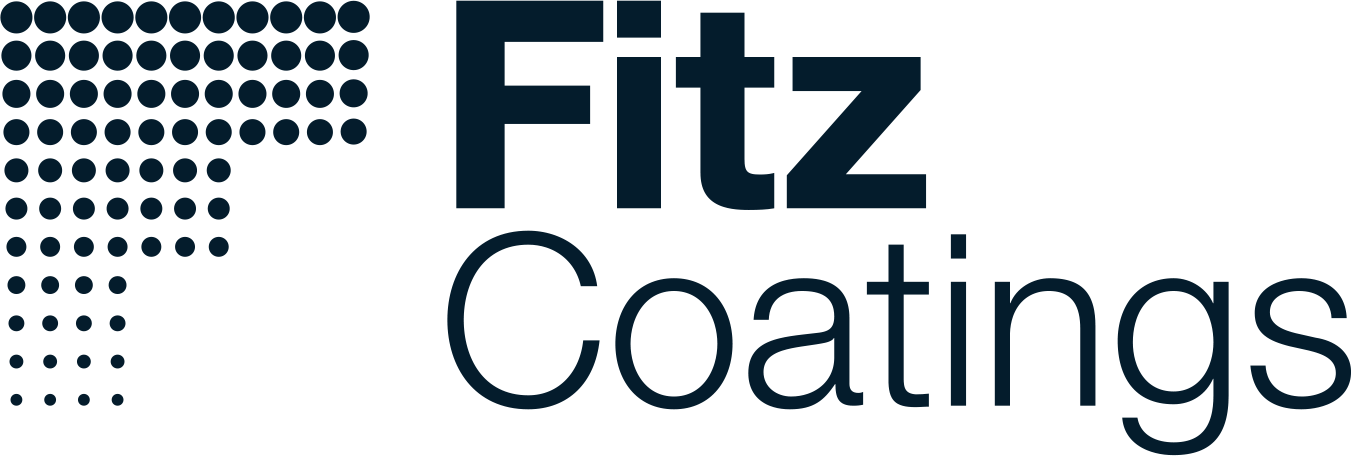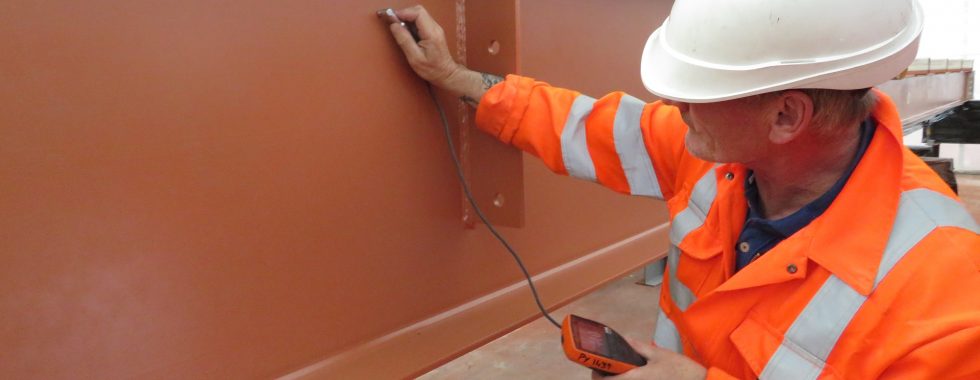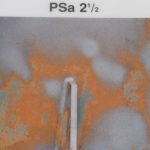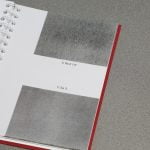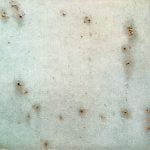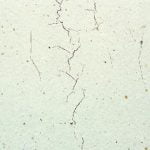Meeting the standards
There are important international standards to consider when measuring the dry film thickness (DFT) of coatings applied to substrates and checking levels of degradation.
It’s critical that you have a working knowledge of those related to coating thickness measurement and the procedures available covering an array of common and complex applications. Indeed, requisite experience and knowledge plays an important role in any successful coatings survey and can help to raise quality levels and deliver cost savings in the long run.
International standards describe procedures for the coatings surveyor in relation to measuring DFT across different sectors and on a range of surfaces and substrates and should be used for comprehensive coating condition assessments. ISO 19840 specifies a procedure for the verification of DFT against nominal thickness on rough surfaces and covers the adjustment of the instruments used, the definition of inspection areas, sampling plans, measurement methods and acceptance/rejection criteria.
Any specified thickness is taken to be nominal as defined in ISO 12944‑5, and the DFT is the typical thickness above the peaks of the surface profile. Any procedures described by the standard should be undertaken using permanent magnet, electromagnet and eddy current type instruments. Their accuracy must also be verified both at zero and at a known thickness on a smooth surface and adjusted if necessary.
Coating measurements taken on a roughened steel substrate will therefore be higher than the actual value above the peaks of the profile. The thickness of the dry film above the peaks of the profile is defined as the instrument reading minus an appropriate correction value.
The DFT is obtained by using the appropriate correction value applied to readings based on adjustment on a smooth, flat steel surface. Where individual readings, based on adjustment on a smooth, flat steel surface without the use of correction values, are specified or agreed, it is important to recognize that this method does not conform to this International Standard. This standard is applicable if the nominal dry-film thickness is 40 microns or greater.
The sampling plan is also defined by ISO 19840, providing guidance on the number of measurements to be taken in an inspection area. If the structure has not been divided into individual inspection areas, the whole structure is considered as the inspection area for measuring the dry-film thickness.
The thickness of the coating on the prepared steel surface is measured using one of the non-destructive methods described in ISO 2808. This defines various methods that are applicable to the measurement of the thickness of coatings applied to a substrate, outlining methods for determining wet-film thickness, dry-film thickness and the film thickness of uncured powder layers.
It’s clear that measuring DFT is important during the inspection and assessment of protective coatings, helping to determine their viability, integrity and durability. So observing the relevant standards will go a long way to ensuring coatings protect as designed and continue to deliver long term performance benefits. More about ISO 19840 and other standards at Fitz’s Atlas of Coating Surveys at https://fitzsatlas.com/
